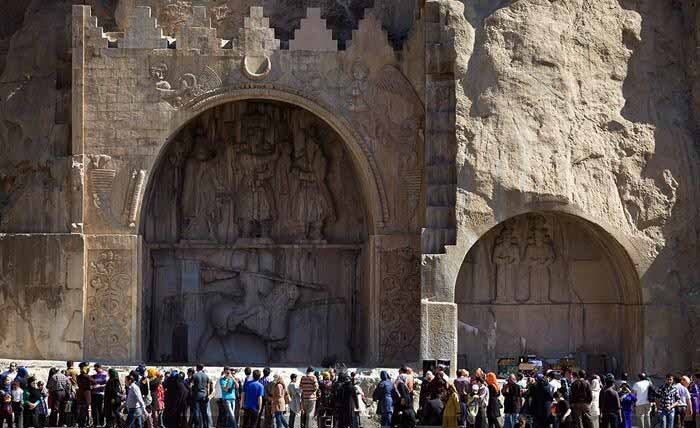Anahita: ancient goddess fertility

TEHRAN - Anahita, also known as Anaitis, and Anahit, was an ancient Iranian goddess of royalty, water, and fertility; she is particularly associated with the last.
Possibly of Mesopotamian origin, her cult was made prominent by Artaxerxes II, and statues and temples were set up in her honor throughout the Persian empire.
A common cult of the various peoples of the empire at that time, it persisted in Asia Minor long afterward. In the Avesta she is called Ardvi Sura Anahita (“Damp, Strong, Untainted”); this seems to be an amalgam of two originally separate deities, according to Britannica.
In Greece, Anahiti was identified with Athena and Artemis.
She is mentioned in the sacred book of Zoroastrianism, the Avesta, note and three Achaemenid Royal Inscriptions from the reign of Artaxerxes II Mnemon (r.404-358 BCE). There were sanctuaries for Anahita in Bactra, in Ecbatana, in Artaxata, in Zela, and in Hierocaesarea, according to Livius.org; a website on ancient history written and maintained since 1996 by the Dutch historian Jona Lendering.
The goddess is also represented in Darabgird and Taq-e Bostan.
Modern scholars have suggested that Anahita was also venerated at Kangavar, Qadamgah, and Bishapur, where sanctuaries have been found that can plausibly be identified as water temples. However, not every aquatic deity automatically equates with Anahita, so there is room for doubt.
AFM/
Leave a Comment